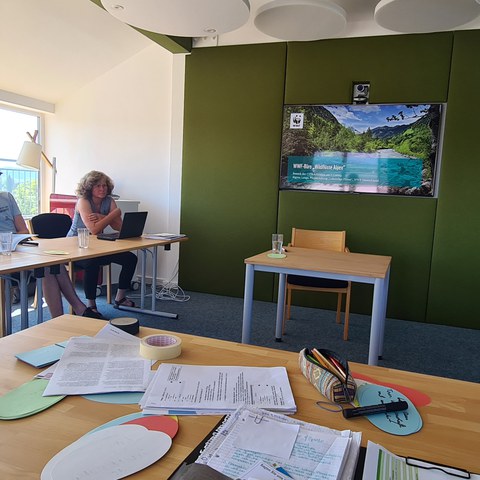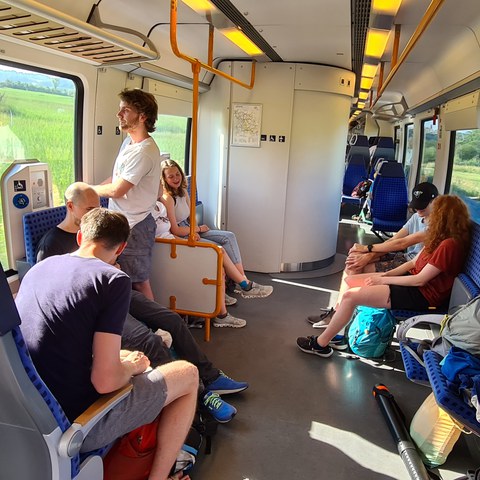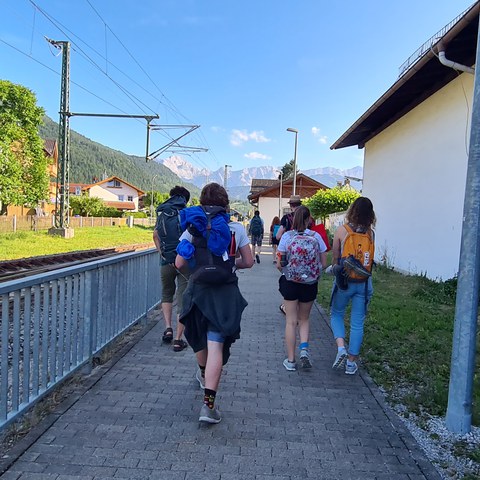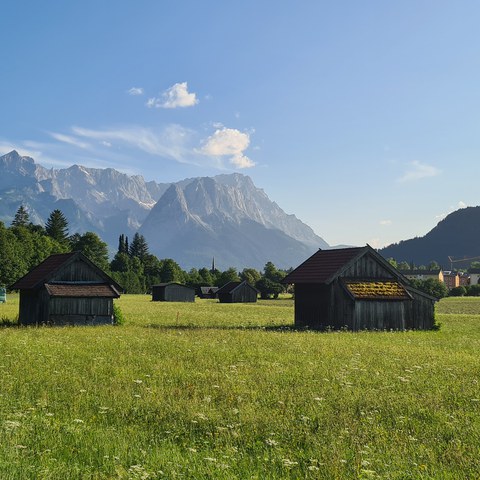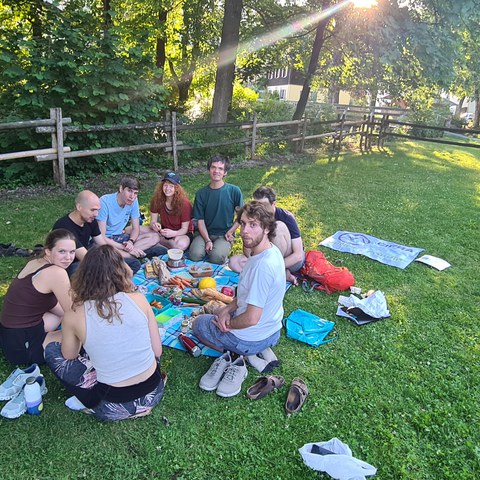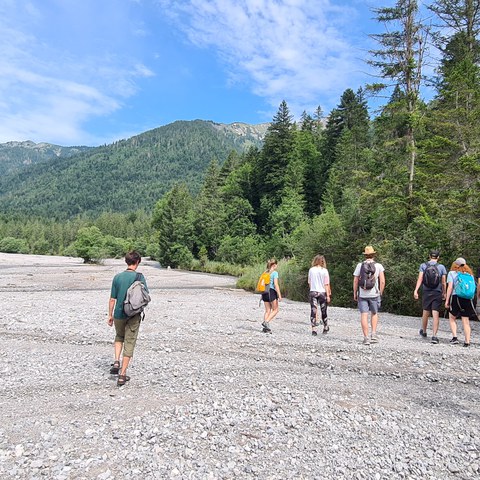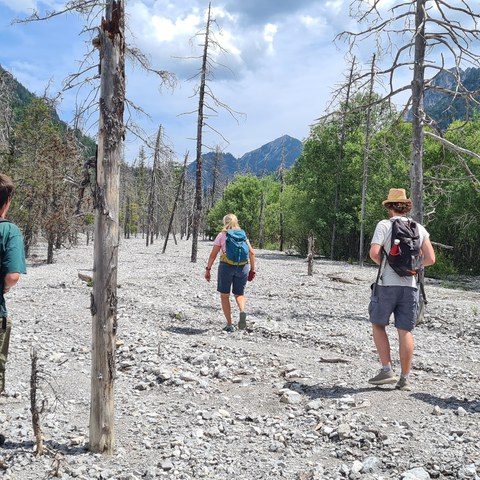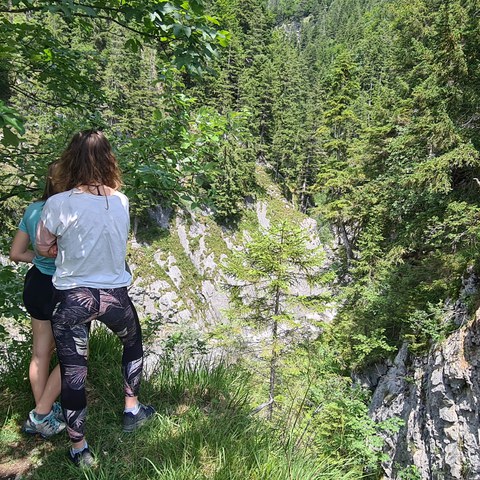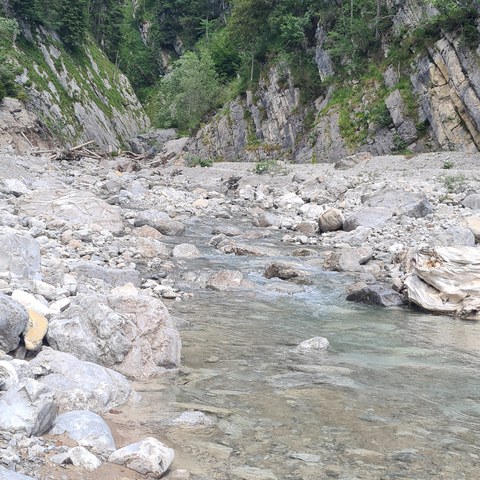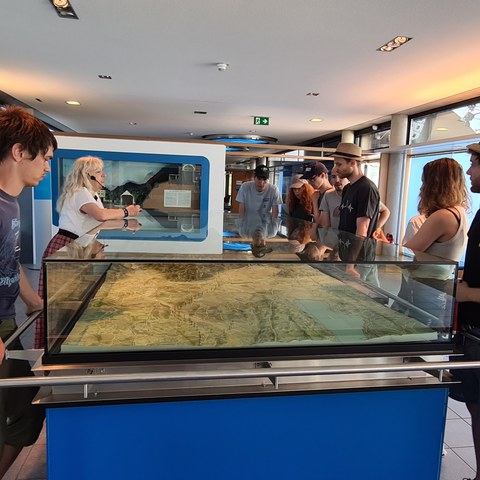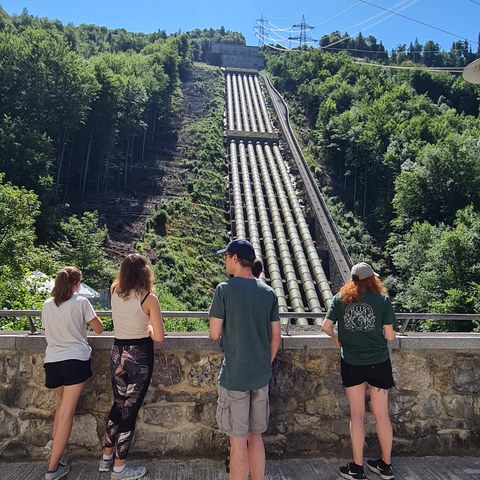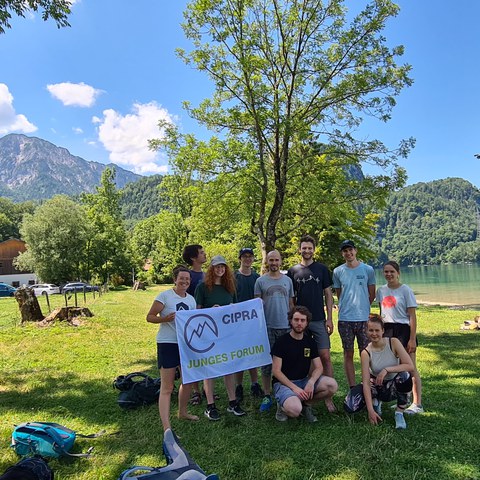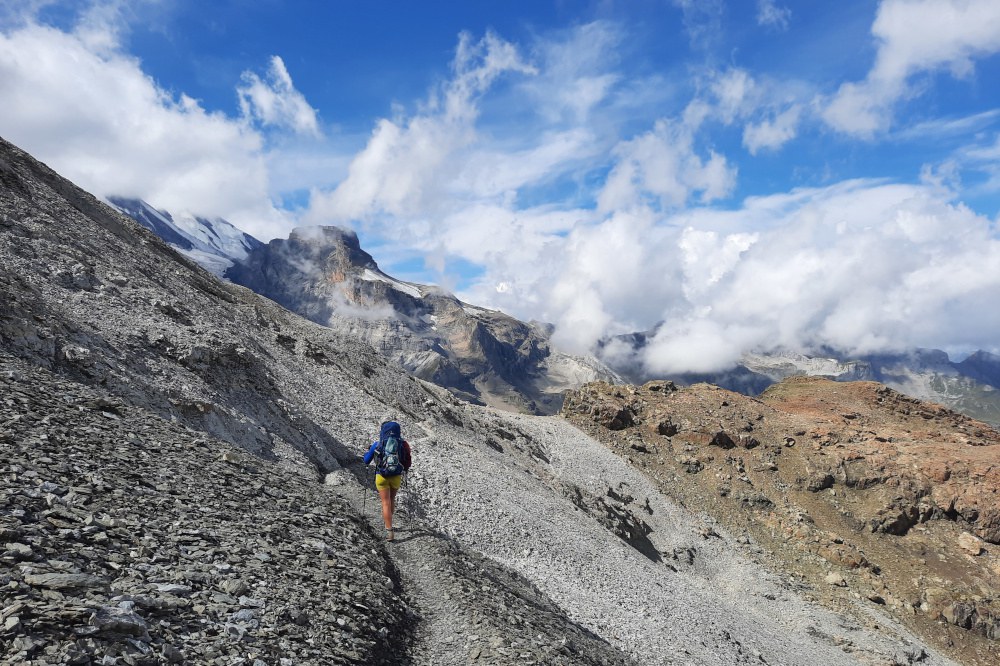Good Practice
Untamed river
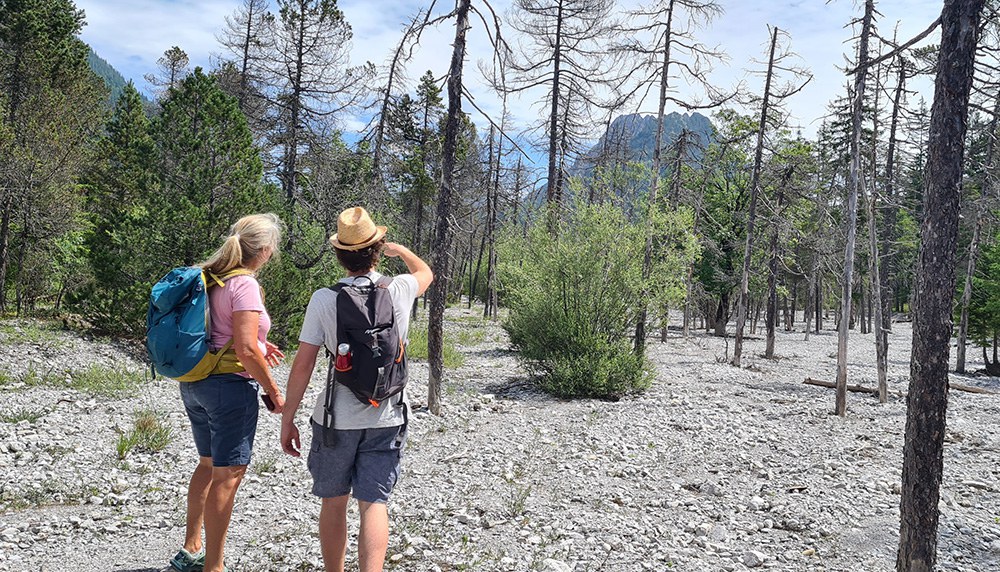
Standing in the middle of the Friedergries feels a little bit like standing in a forest that died in a fairytale a long time ago. Debris from the river spreads across the wide valley floor of the Friedergries, burying trees that then rise up as skeletons against an impressive mountain backdrop, creating an archaic landscape. But looking closer, there is life everywhere: Grass blades push through the gravel brought by the last flood, a rare butterfly scurries by and the sun paints patterns of light in the shadows of the sparse heather forest at the sides of the debris lane, all while the water of the Friederlaine guzzles cheerfully somewhere in the distance.
“The landscape is really special”, explains Julian (23). “Most other rivers in the alps are confined by dams and are straightened to ease transportation and make energy production possible”. The Friederlaine is not one of them: She can flow freely and chooses her own path through th wide floodplain around her. Unfortunately, there are not many rivers like this left in the Alps. And renaturalizing alpine rivers once they are forced out of their free course is a near impossible venture: “There’s not much space around them anymore”, regrets Moritz, 24 years old. “The ground is used for farming or for buildings.” Ground, that a free-flowing river would need as floodplain. The many different owners of the space adjacent to the rivers complicate things only further. The Friederlaine is one of the last free rivers in the Alps – a small utopia in the dense infrastructure covering our alps.
Fabia (23) hopes nonetheless that rivers in the Alps will be built back to look more natural and to increased biodiversity. Just as Tim, who wishes for diversity in the habitats of the river landscapes, for rivers with different sedimentation – for free-flowing rivers. “We should do more for that”, concludes the twenty-six-year-old matter-of-factly. “So that natural processes can take over”.
Sources: Interviews Utopia-Excursion “Wochenende in der Zugspitzregion” (July 2023)
Links: https://www.umweltatlas.bayern.de/standortauskunft/rest/reporting/sb_geotope/generate/Geotope.pdf?additionallayerfieldvalue=180R034 (de), https://www.zobodat.at/pdf/Jb-Verein-Schutz-Bergwelt_52_1987_0037-0070.pdf (de)

